6 Container Gardening Habits You Need to Ditch! If These Potting Problems Apply to You, it’s Time to Make Amends
Are you guilty of any of these bad container gardening habits? Learn how to break them so you can have the best containers year after year.
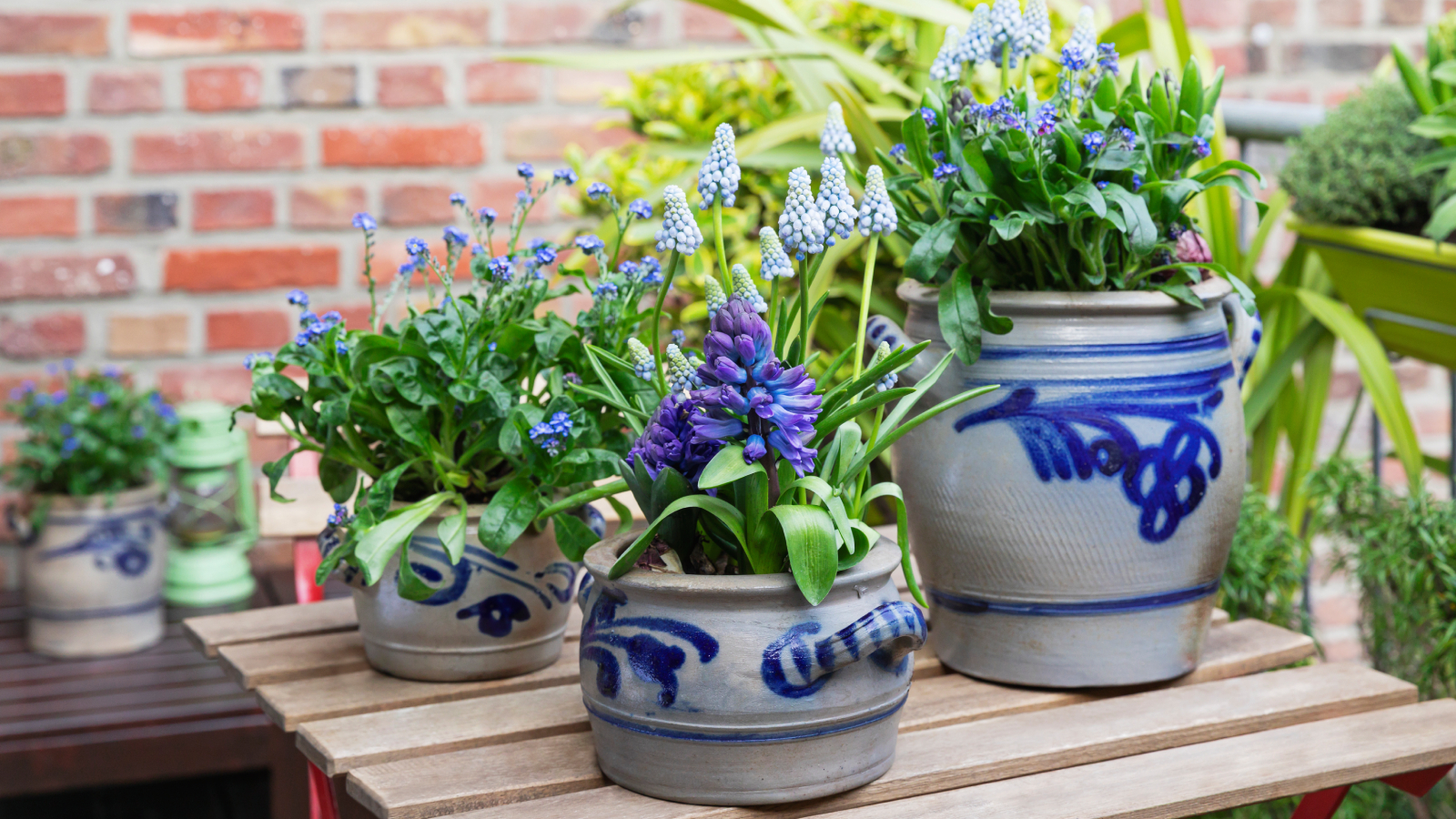

A container garden is a great way to grow plants in a smaller space or to spruce up a patio, balcony, or porch. You can grow everything from vegetables to annuals to small trees in containers. Enjoy a kitchen herb garden or grow a favorite perennial. Almost anything goes, but it’s important to understand how to avoid a container problem when growing potted plants.
Container plants are generally easy to grow but do require a little more care and consideration than those planted in the ground. It’s easy to get into bad habits with pots if you get busy, feel overwhelmed by gardening chores, or simply don’t have the right information.
Here are some common mistakes and bad habits that newbies to container gardening often develop, so you can avoid them and create a beautiful, lasting outdoor space
Ditch These Bad Container Habits
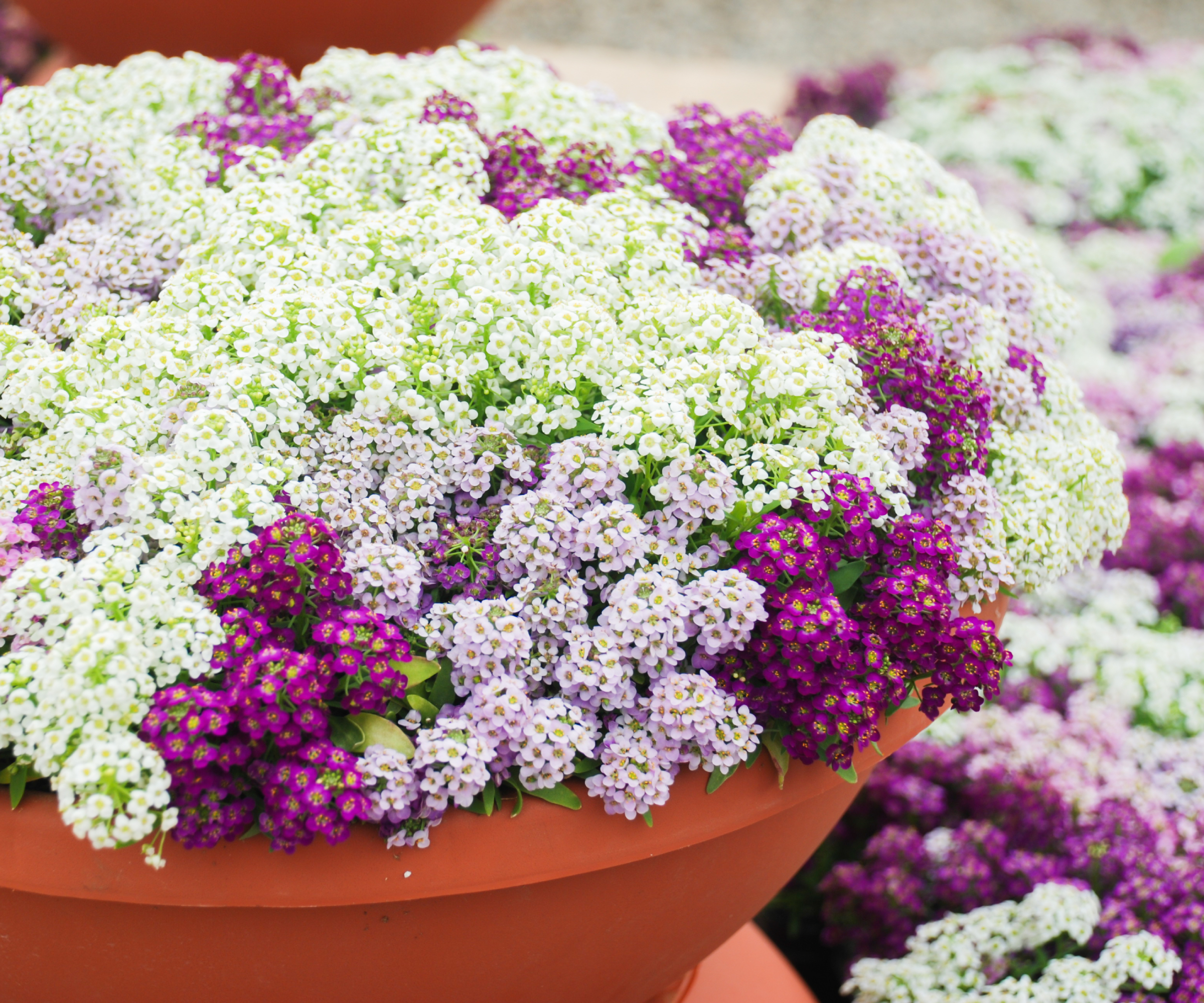
It’s easy to develop a container garden problem, or several, when you’re new to gardening this way. For the most part, plants need the same care no matter where they grow. However, potted plants have particular needs. It’s easy to make container gardening mistakes, but you can avoid them by learning from more experienced gardeners. And if you do develop some of these bad habits, rest assured, you can reverse course and save your potted plants on your patio or terrace.
1. Settling for Whatever Pots Are Available
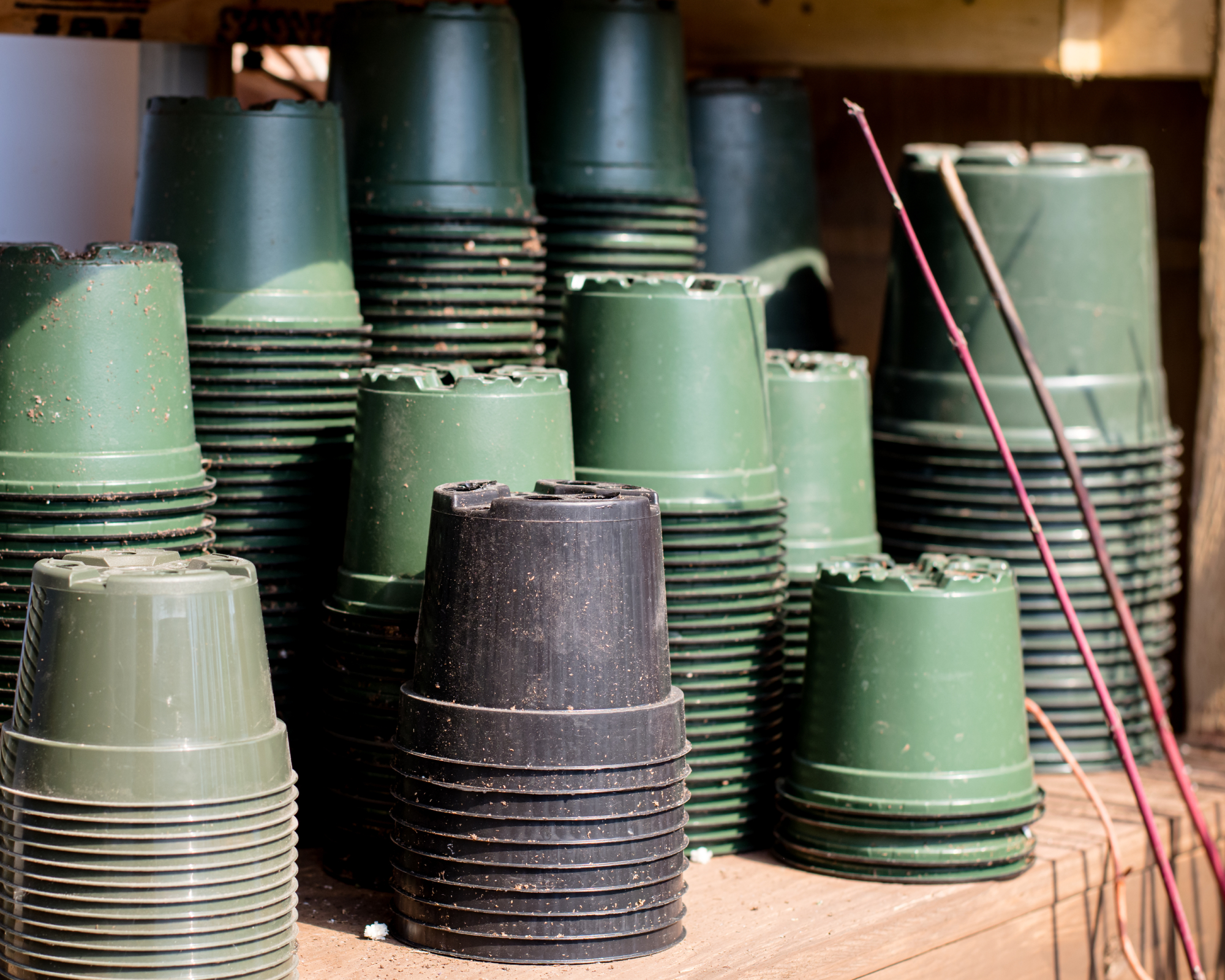
It’s tempting to use whatever you have on hand for your container garden for convenience and to save money. It’s important to put some thought into choosing containers in which to grow plants. Problems with containers include the wrong size for the plant and poor or no drainage.
As long as you address it, this isn’t a big problem. You can always repot plants in different containers if you’ve chosen the wrong one. Most importantly, pots need good drainage. Without drainage holes in the bottom, water pools in the soil and can cause root rot, ultimately killing your plants. Size is another issue. Containers should be big enough to let the plant grow and to avoid them becoming root-bound.
2. Using Garden Soil or Topsoil
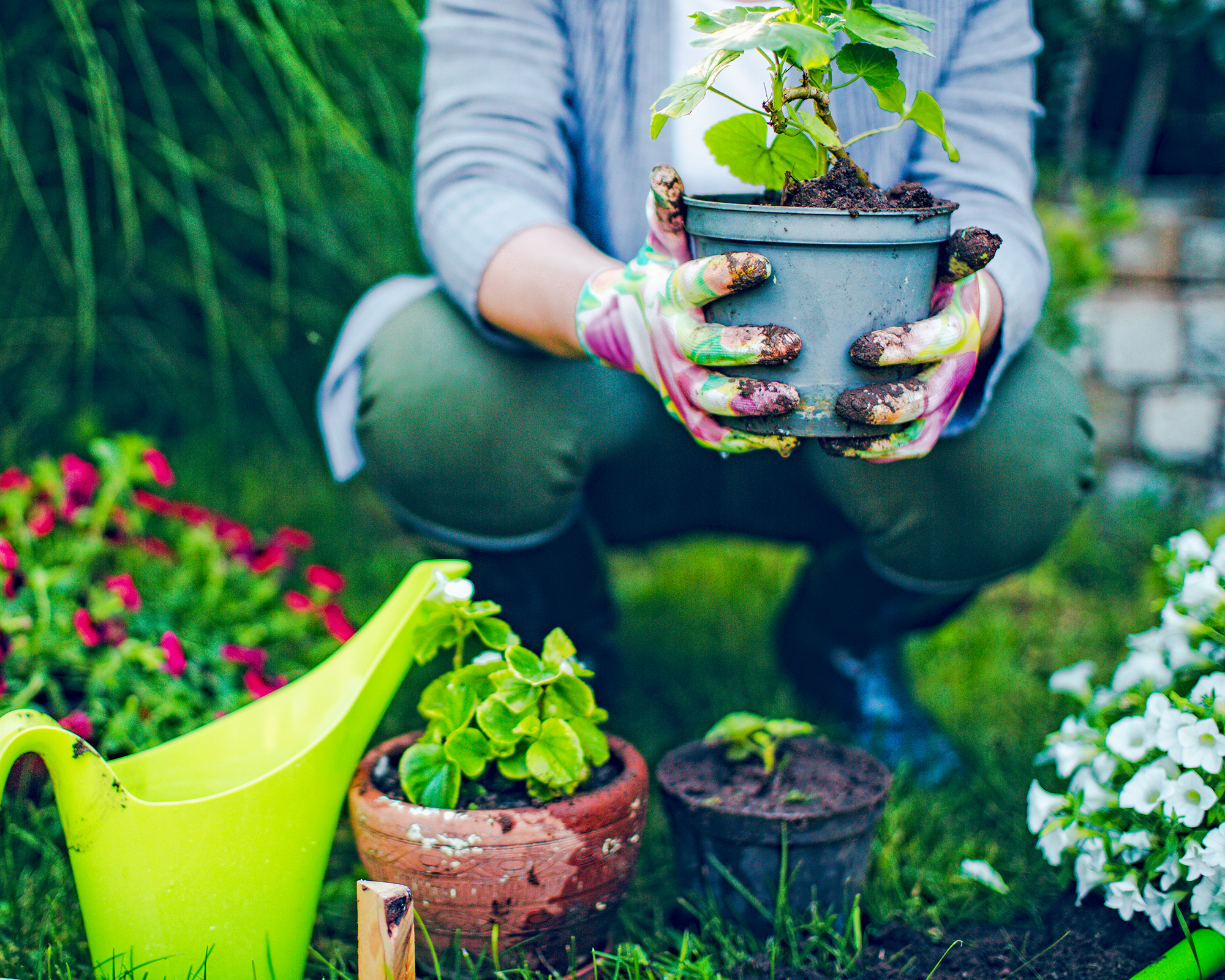
Many container gardening problems, from root rot to poor growth, begin with the wrong choice of soil. It’s tempting to use whatever soil is on hand or even to dig up soil from the garden to use, but resist the urge. Garden soil compacts readily in a pot, creating a dense mix that won’t drain well and makes root growth difficult. It probably doesn’t have enough nutrients for your plants, and it might even contain pests or disease vectors.
Sign up for the Gardening Know How newsletter today and receive a free copy of our e-book "How to Grow Delicious Tomatoes".
If you used garden soil, you can amend it easily by removing some and mixing in compost. Or, even better, remove the plant entirely, clean the container, and repot it with a high-quality potting mix. Use a good potting mix like this one from Miracle-Gro for outdoor containers, available at Home Depot.
3. Not Watering Potted Plants Enough

One of the biggest and most important differences between growing plants in the ground and growing them in pots is watering. Container plants' watering needs are more frequent. The soil in pots dries out much faster than soil in the ground. The roots of a plant in a pot can’t reach any deeper to find water. You must keep your containers well-watered.
Of course, the amount of water depends on the plant type, but most outdoor container gardens should be watered daily. During the hottest days of summer or in droughts, they may even benefit from watering twice a day. Unless you’ve really let them go, you should be able to revive parched plants with a thorough soaking. Water deeply, being sure to wet the soil, not just the leaves of the plant. You can monitor your soil moisture with a convenient moisture meter like this one from Amazon.
4. Neglecting to Feed Container Plants
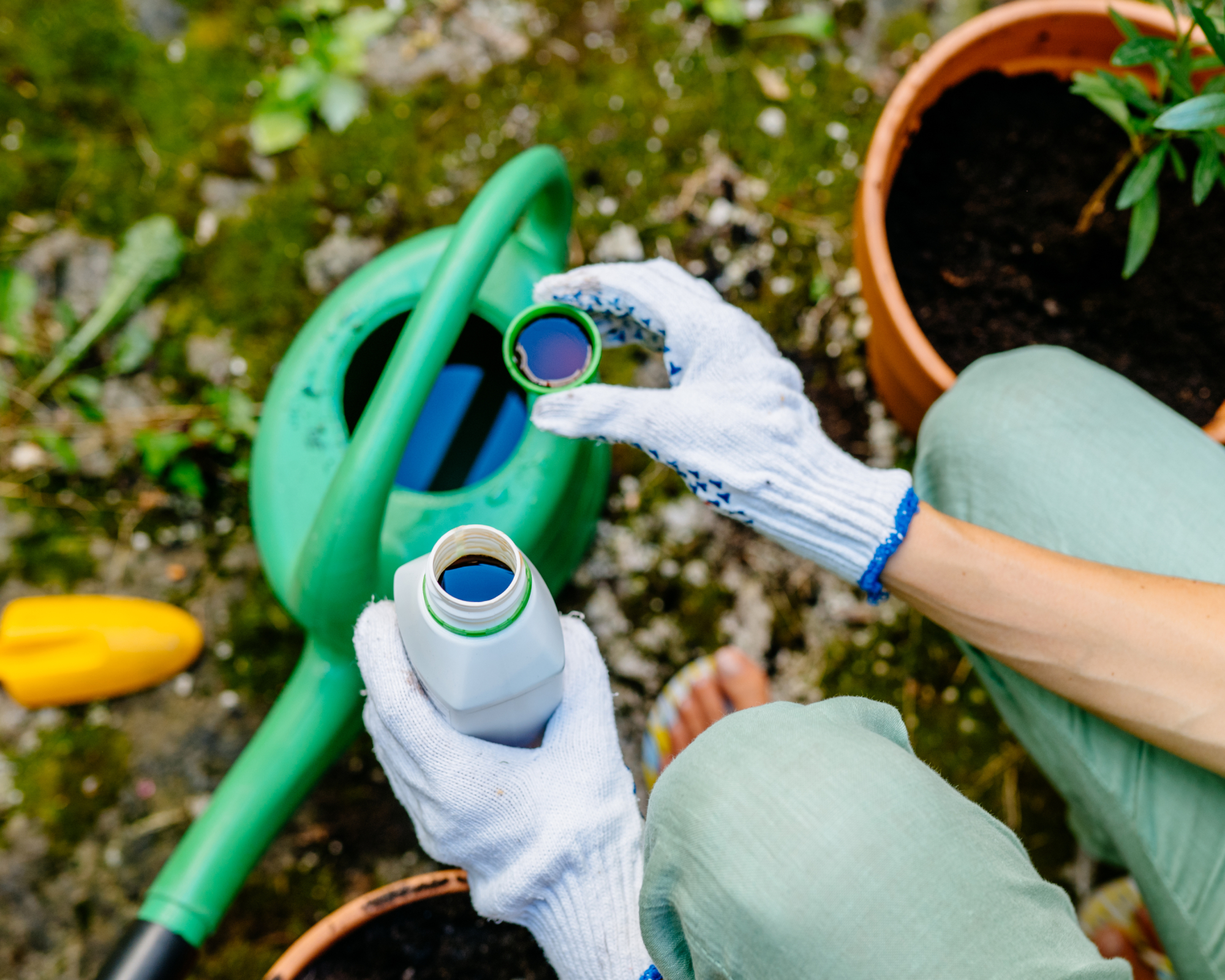
If you buy good quality potting soil, you might think you don’t need fertilizer. Potted plants will deplete the nutrients from even the best soil faster than those that grow in the ground. It’s a similar issue to watering. The roots only have access to a limited amount of nutrients.
Your plants probably won’t die if you don’t feed them, but they’ll grow much better and flower more if you fertilize regularly. Start now, if you haven’t been doing it. Fertilize container plants with a product appropriate for the types of plants you’re growing. For instance, if you’re growing flowers, use a bloom-boosting product like this one from Miracle-Gro that can be found on Amazon. Follow the instructions on the package and fertilizer throughout the growing season for the best results.
5. Mixing Plants Without Considering Their Needs

You can and should get creative with how you combine plants in pots, but don’t let looks trump the plants’ needs. If you combine plants that have different water, sunlight, or nutrient needs, at least one will suffer and even die.
This mistake is easy to remedy. If you’ve already paired up inappropriate plants, simply repot them. Before you choose and mix plants, learn about their needs. Once you’ve sorted them according to sunlight and other needs, you can mix and match to create the most aesthetically pleasing combinations.
6. Never Trimming or Pruning Potted Plants
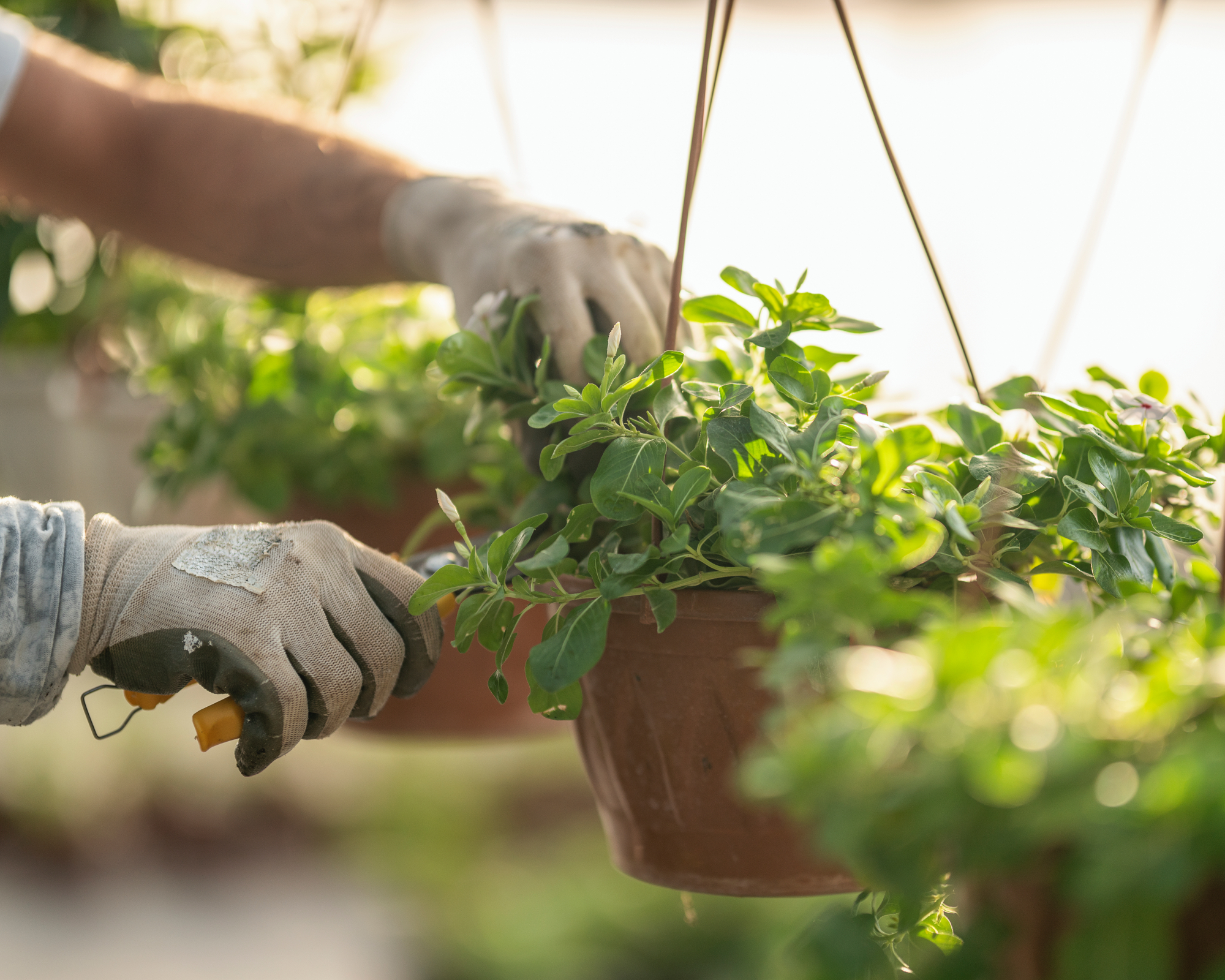
Different plants have different maintenance needs, but most potted plants need some degree of regular maintenance. For example, if you’re growing a small tree, you’ll need to prune the potted fruit tree and train it to keep it an appropriate size for the container. Flowering plants often need pinching or deadheading to develop dense growth and continue flowering.
It’s probably time for some pruning if your plants seem leggy, are overgrown, or aren’t blooming anymore. You can almost always help them recover from this type of neglect. If you’re not sure how best to trim a plant, do some research. Some plants can stand to be cut back a lot, while others need more delicate trimming. Need some new pruners? Our Editor in Chief swears by these sturdy Felco pruning shears which can be found on Amazon.
Container gardens are easy to grow if you know what to do and stick with regular care. Avoid these bad habits to enjoy your best potted plants yet.
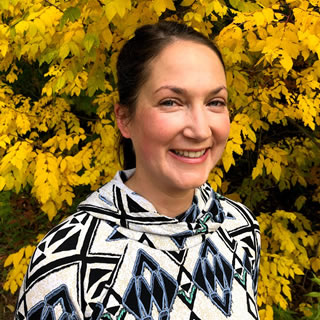
Mary Ellen Ellis has been gardening for over 20 years. With degrees in Chemistry and Biology, Mary Ellen's specialties are flowers, native plants, and herbs.